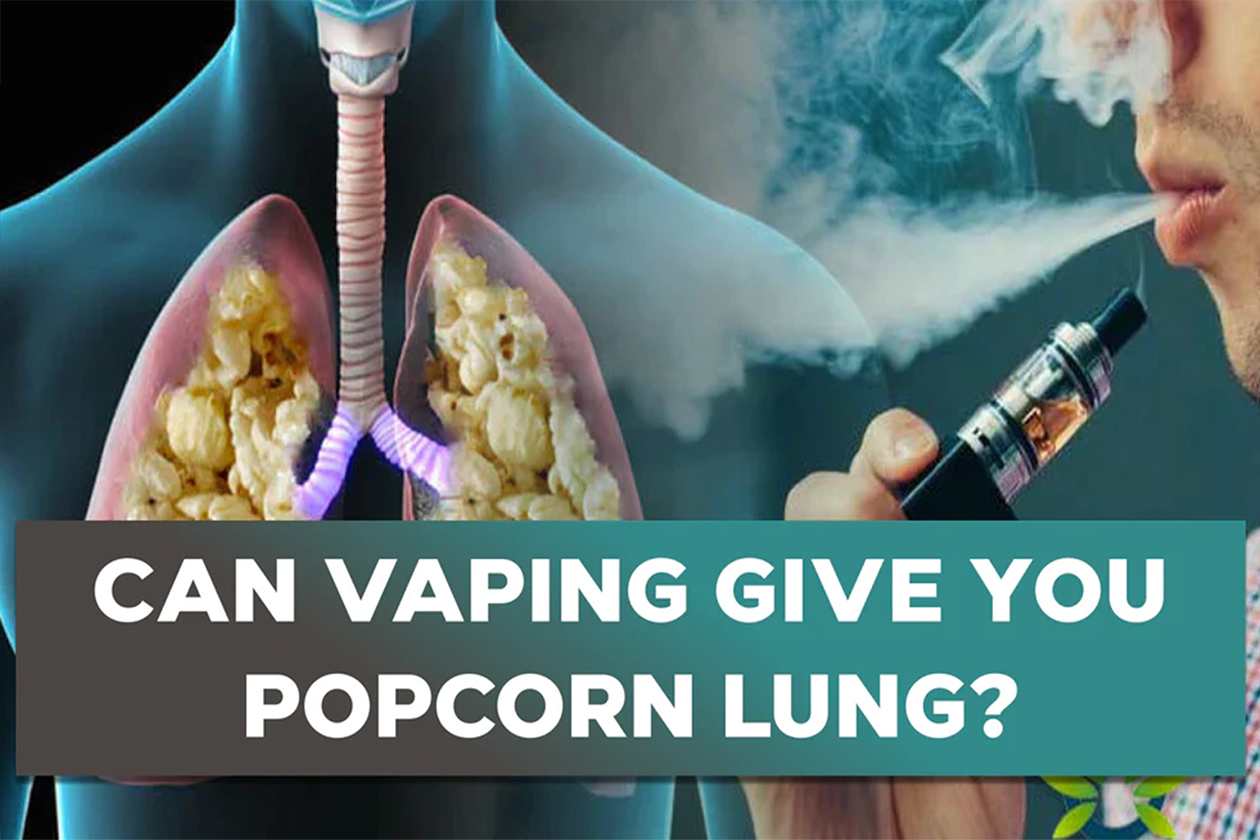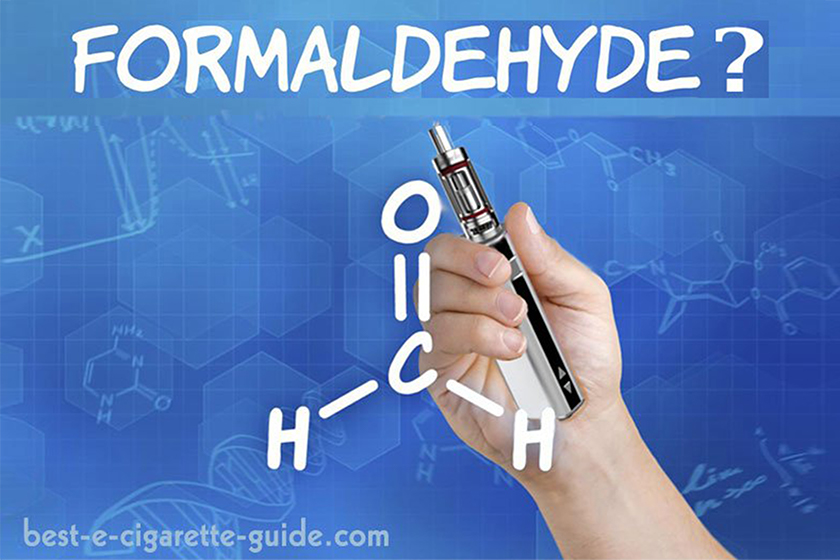Vaping vs. smoking
Every discussion of the health risks of vaping should begin with a comparison to cigarette smoking. Vapes are designed to be reduced-harm alternatives to cigarettes, and it’s important to weigh vaping versus smoking because the vast majority of vapers are smokers or ex-smokers. A paper by 15 former presidents of the Society for Research on Nicotine and Tobacco concluded that long-term smokers are being misled about the relative risks of vaping and smoking.
“We believe the potential lifesaving benefits of e-cigarettes for adult smokers deserve attention equal to the risks to youths,” the scientists wrote. “Millions of middle-aged and older smokers are at high risk of near-future disease and death. Quitting reduces risk.”
“While evidence suggests that vaping is currently increasing smoking cessation,” they added, “the impact could be much larger if the public health community paid serious attention to vaping’s potential to help adult smokers, smokers received accurate information about the relative risks of vaping and smoking, and policies were designed with the potential effects on smokers in mind. That is not happening.”

Is vaping bad for your lungs?
Smoking cigarettes causes well-known harm to the lungs. Long-term inhalation of burning tobacco can lead to lung and esophageal cancer, and to a variety of deadly lung conditions like emphysema, chronic bronchitis, and chronic obstructive pulmonary disease (COPD).
Cigarette smoke attacks the lungs in several ways. It contains thousands of chemicals, more than 70 of which are known carcinogens. It also contains particulate matter—fine bits of burned tobacco, tobacco residue and paper—that get lodged deep in the lungs, where it gets buried in the tissue and can lead to cancer and COPD.
But what about vaping? Vaping doesn’t produce known carcinogens in quantities large enough to be considered real risks, and it doesn’t contain solid particles like smoke.
In fact, the things that are most dangerous in burning tobacco are largely absent from vaping. Since there is no combustion in vaping, there is also no tar or carbon monoxide—two of the major dangers of smoking. Vaping uses heat from a metal coil to turn e-liquid into an inhalable aerosol. It looks like smoke, but it isn’t. That said, vaping is not without some potential risks to lung health.
There is some concern over the ingredients in e-liquid: propylene glycol, vegetable glycerin, and flavorings. There is no serious human research on the effects of inhaling PG or VG daily for many years, although animal studies of PG inhalation haven’t raised any red flags. PG has been found to cause minor irritation of the airways, but this isn’t concerning in itself.
Are flavors bad for your lungs?
E-liquid flavorings are a possible source of danger that hasn’t been well-studied. Most flavorings are a mixture of many chemical compounds, and it’s likely that some are worse for lung health than others. Until recently, these flavorings were used strictly in products that were eaten, not inhaled. Toxicology studies focused on showing that the flavorings are safe for consumption. This is an area where the science on vaping needs to catch up.
Lots of news stories have been generated about diketones like diacetyl being found in some e-liquid. These flavoring chemicals are believed to be responsible for a deadly disease called popcorn lung when they’re inhaled in large quantities (like in the case of popcorn factory workers). Diketones are not present in all e-liquid, but a 2014 study by cardiologist Konstantinos Farsalinos concluded that diacetyl and acetyl propionyl are “avoidable risks.” Following that, many manufacturers reformulated their products and eliminated the diketones. Others began publishing testing showing the levels of the diketones in their products.
Diketones are present in cigarettes too, at 100-750 times the level of what’s found in any vaping product. Yet, even though smoking ravages the lungs in other ways, it isn’t associated with popcorn lung. Considering the much larger quantities of diketones in cigarette smoke, the comparatively small amounts in vapes are not likely to be a threat. That’s not to say diketones are safe for inhalation, but the safer choice between vaping and smoking is clear, considering the small amounts present in e-liquid.

Is there formaldehyde in vapes?
What is formaldehyde? The Environmental Protection Agency (EPA) defines formaldehyde as “a colorless, flammable gas at room temperature and has a strong odor. Exposure to formaldehyde may cause adverse health effects.”
Portland State University researchers reported in 2015 that vapor products produced high levels of formaldehyde—even more than cigarettes. What they didn’t explain was that their experiments used unrealistically high voltage settings and smoking machines to produce vapor that would have been unbearable for a human to inhale.
In fact, you can do a similar experiment by putting bread in a toaster and leaving it until the toaster emits smoke and the bread turns black with carbon. Is the result carcinogenic? Yes it is, but since no one could possibly eat it, the danger is strictly hypothetical. Likewise, the toxic aldehydes produced by a burning dry wick and atomizer are no real danger because they’re impossible to repeatedly inhale. Vapers call that effect a dry hit or dry puff, and it’s something they try hard to avoid.
In a 2017 study, Dr. Konstantinos Farsalinos replicated the Portland State experiment and showed that the vapor produced by deliberately overheating an atomizer was unpalatable to human users. “The high levels of formaldehyde emissions that were reported in a previous study were caused by unrealistic use conditions that create the unpleasant taste of dry puffs to e-cigarette users and are thus avoided,” wrote the author about the Portland State experiments.
In 2018, Farsalinos and Gene Gillman produced a systematic review that analyzed the evidence from 32 studies on carbonyl compounds like formaldehyde, acetaldehyde, and acrolein that have been found in e-cigarette vapor. The authors found that nearly all of the high levels of carbonyls like formaldehyde produced during the research were created by poor methodology leading to “dry puff conditions.” They proposed standards for future research that define proper parameters for vaping experiments, including a standardized puffing regime, using current-generation atomizers and realistic power settings, and proper PG/VG ratios for the equipment tested.
The authors also explained that we inhale 1 mg of formaldehyde every day from the air in our own homes. The average vaper, using 5 mL of e-liquid a day in a modern atomizer, only increases their formaldehyde intake by 0.083 mg. That’s less than a 9 percent increase above the normal exposure level, which is probably not significant.

Smoking kills, but what about vaping?
Cigarettes wreak havoc on the body, damaging the user practically from head to toe. The harms have been proven beyond doubt. But there is scant evidence pointing to similar health effects from vaping—or any health problems, for that matter, unless you count nicotine dependence. But nicotine isn’t directly responsible for any of the terrible harms of smoking.
Public Health England has been unequivocal in its findings: the respected British agency says vaping is at least 95 percent safer than smoking. PHE researchers understand that studying the dangers of vaping alone is only half of the subject, since vaping exists primarily as an alternative to smoking. The potential risks of vaping are low, and they must be compared to the proven risks of smoking.
Vaping poses much lower risk to users than smoking.

